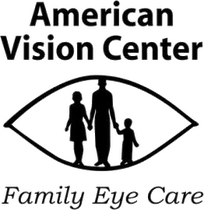Q: My child is struggling in school. Does he / she need an eye exam?
A: A comprehensive eye examination by an optometrist can often determine if there are visual issues interfering with a child’s ability to perform well in school. Many visual symptoms, some obvious, others less so, can contribute to a child’s poor academic achievement. The most common symptoms to watch out for: blur at distance or near, skipping or re-reading lines or words, reduced reading comprehension, difficulty shifting focus from near to far or far to near, difficulty copying from the smart board, double vision, closing or covering an eye when working at near, headaches -- especially in the forehead, temple, or eyebrow regions, difficulty attending to near work or an avoidance of reading, poor spelling, misaligning numbers in math, unusual head or body posture when working at near. Some of these issues can be alleviated with a good pair of eyeglasses while others may require vision therapy. Vision therapy, like occupational therapy or physical therapy, is a systematic program where the body, in this case the visual system, can be retrained and strengthened to improve it’s ability to function.
Q: What happens at a dry eye exam?
A: To diagnose dry eye disease, the eye doctor can use a biomicroscope to examine whether there are plugged oil glands in the lid or any dry patches on the cornea present. A yellow stain called fluorescein can help us see how quickly the tears evaporate. We also look for eyelid issues like blepharitis (inflamed crusty lids) or Demodex mites which can worsen dry eye symptoms.
Q: What can I do to prevent dry eyes?
A: Dry eyes are caused by many factors. If you know you have dry eyes, try to pay attention to what makes them feel better or worse. For example, do not blow your hair dryer directly towards your eyes. Add moisture to the air with a humidifier. Use eye protection outdoors like wrap around sunglasses or other protective eyewear. Be mindful of changes in your environment such as traveling. Position your computer screen below eye level. Stop smoking and avoid smoky areas. Supplement with Omega 3 and use lubricating eye drops.
